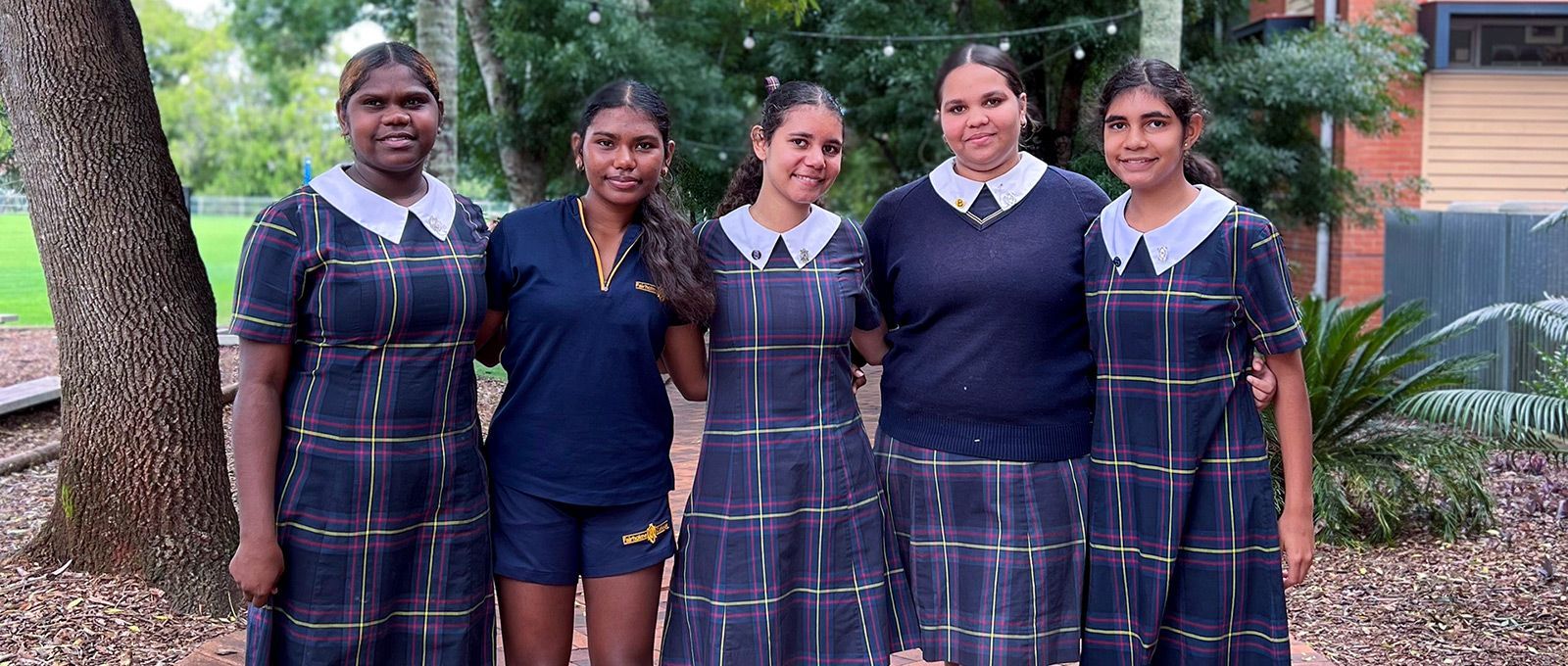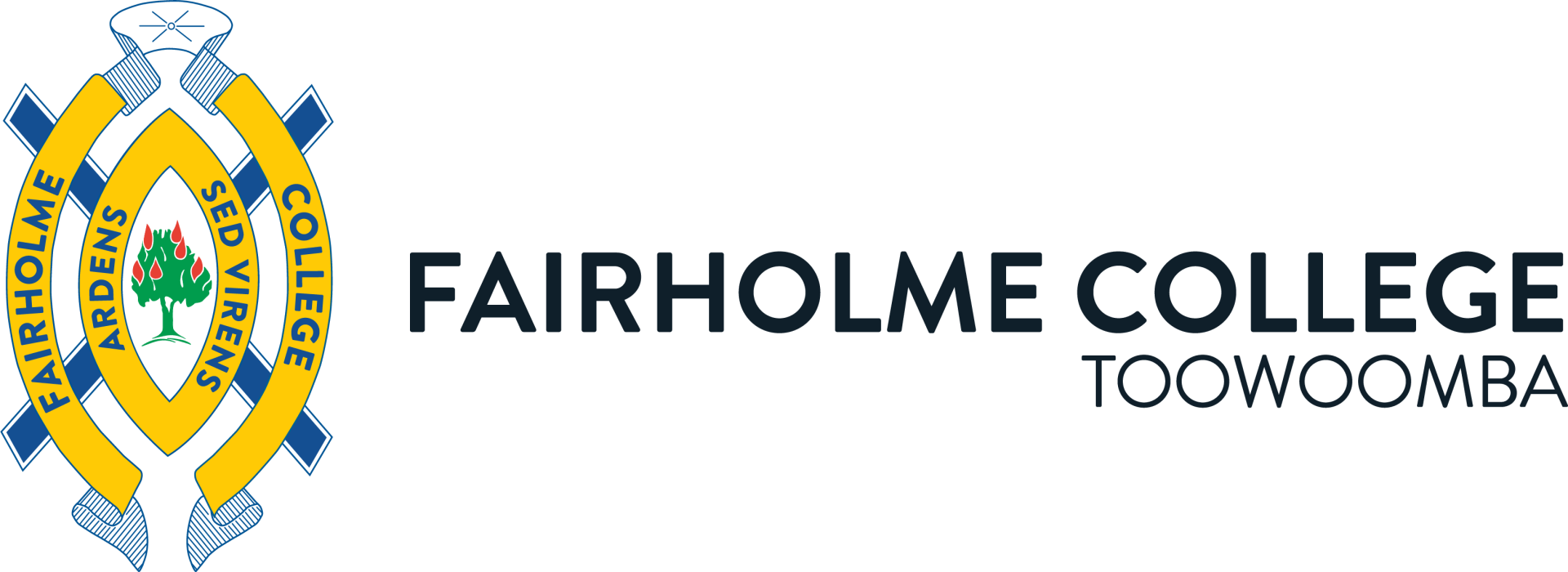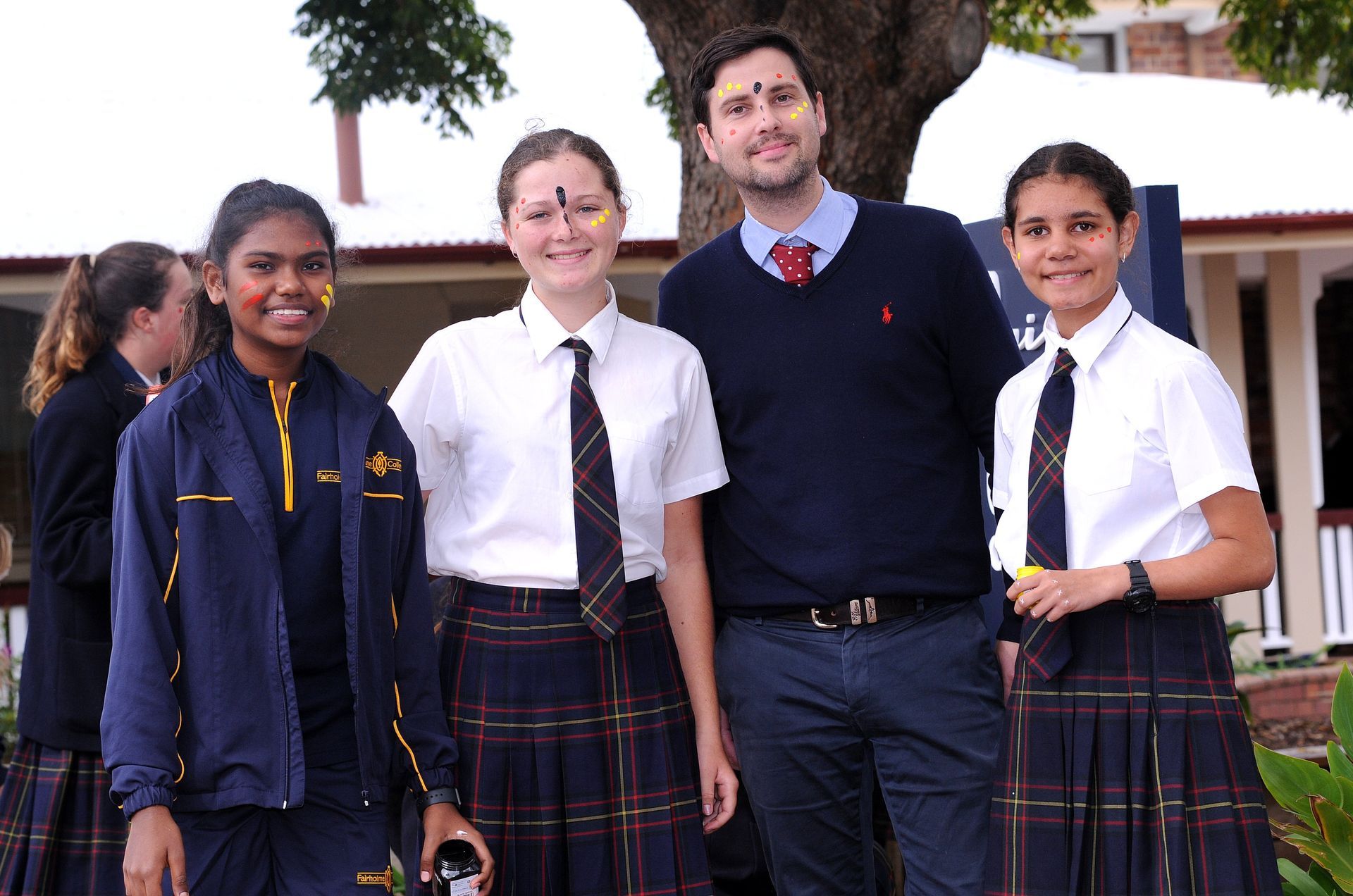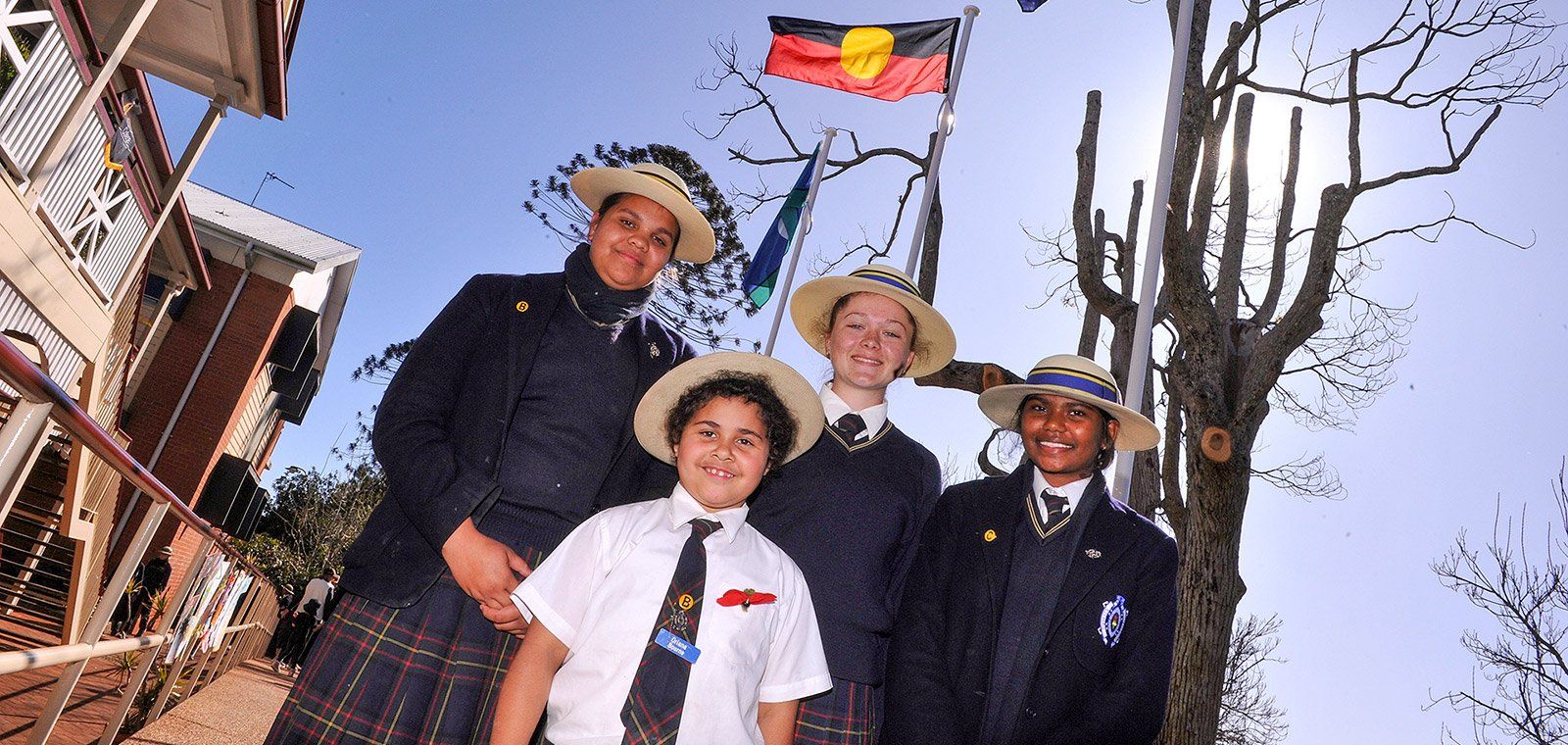Why Fairholme
Write your caption hereButton
There are no sibling items to show. This is likely because the current page doesn't exist in a menu.
First Nations at Fairholme
See Culture, Learn Culture, Share Culture
Â鶹ÊÓƵCollege embraces the need for Reconciliation - to actively strengthen relationships between First Nations peoples and Non-First Nations peoples for the benefit of all.
We are a community that champions inclusivity, understanding for and respect of First Nations Peoples, culture and history.
Â鶹ÊÓƵAcknowledgement of Country
Â鶹ÊÓƵCollege proudly stands on a place of learning thousands of years old.
We pay our respects to the traditional custodians of this land, the Giabal, Jarowair and West Wakka Wakka peoples.
We acknowledge their continuing connection to and care for the land, waterways, culture and community.
We honour the ancestors of this land and thank them for sharing their cultures, spiritualities and ways of living.
Inspired by the love of God, we recognise that reconciliation is a whole community commitment. May we always walk respectfully together.
Our Reconciliation Action Plan (RAP)
Our Â鶹ÊÓƵCollege Reconciliation Action Plan (RAP) demonstrates our respect for, and commitment to, nurture and grow First Nations peoples' cultural presence, perspectives and influence across our community.
This important and all-inclusive document, focuses on the three core elements which underpin our approach to reconciliation:
- Relationships - we recognise that relationships underpin all aspects of our community. Specifically, in growing our understanding of First Nations' culture, we commit to listening and connecting with a spirit of reflective reconciliation.
- Respect - in acknowledging the diversity of First Nations groups within the wider Â鶹ÊÓƵcommunity, we agree that respect will be evident in our everyday practices.
- Opportunities - we celebrate the opportunities to be a dynamic place of learning, where First Nations' perspectives are embedded within the formal and informal curriculum both at Â鶹ÊÓƵand on country.
This is a document that will not sit on shelves in classrooms and offices gathering dust, It is a living and breathing document that will guide our reconciliation efforts for many years to come.
News from our First Nations' People

